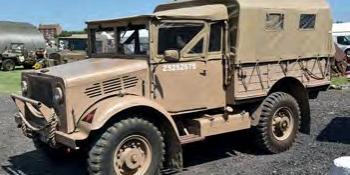The Challenger tank has been at the core of British armoured strength for more than 30 years, writes Craig Allen
In the early 1980s, the Challenger replaced the veteran Chieftain tank; introduced into combat in the first Gulf War of 1990-91, it was an immediate success. Upgraded Challenger 2s later saw action during the invasion of Iraq in 2003. Again, the tank performed well, although the campaign quickly morphed into an insurgency unsuited to the use of heavy armour.
The Challenger is liked by its crews and stands up well against other NATO tanks. The German Leopard 2 may be faster and more manoeuvrable, but the Challenger has the edge when it comes to armour protection. It has also enjoyed some export success and is now to be updated to the new Challenger 3.
Nevertheless, until relatively recently the retention of a large tank force was by no means a certainty and in fact, MOD assessments in the early 2000s suggested a lack of any future threats. A resurgent Russia and its invasion of Crimea in 2014 put paid to such thinking and by 2015 the army was looking to upgrade its Challenger fleet. The subsequent Russian invasion of Ukraine has shown this to be a wise decision and has turned the assumpti…




